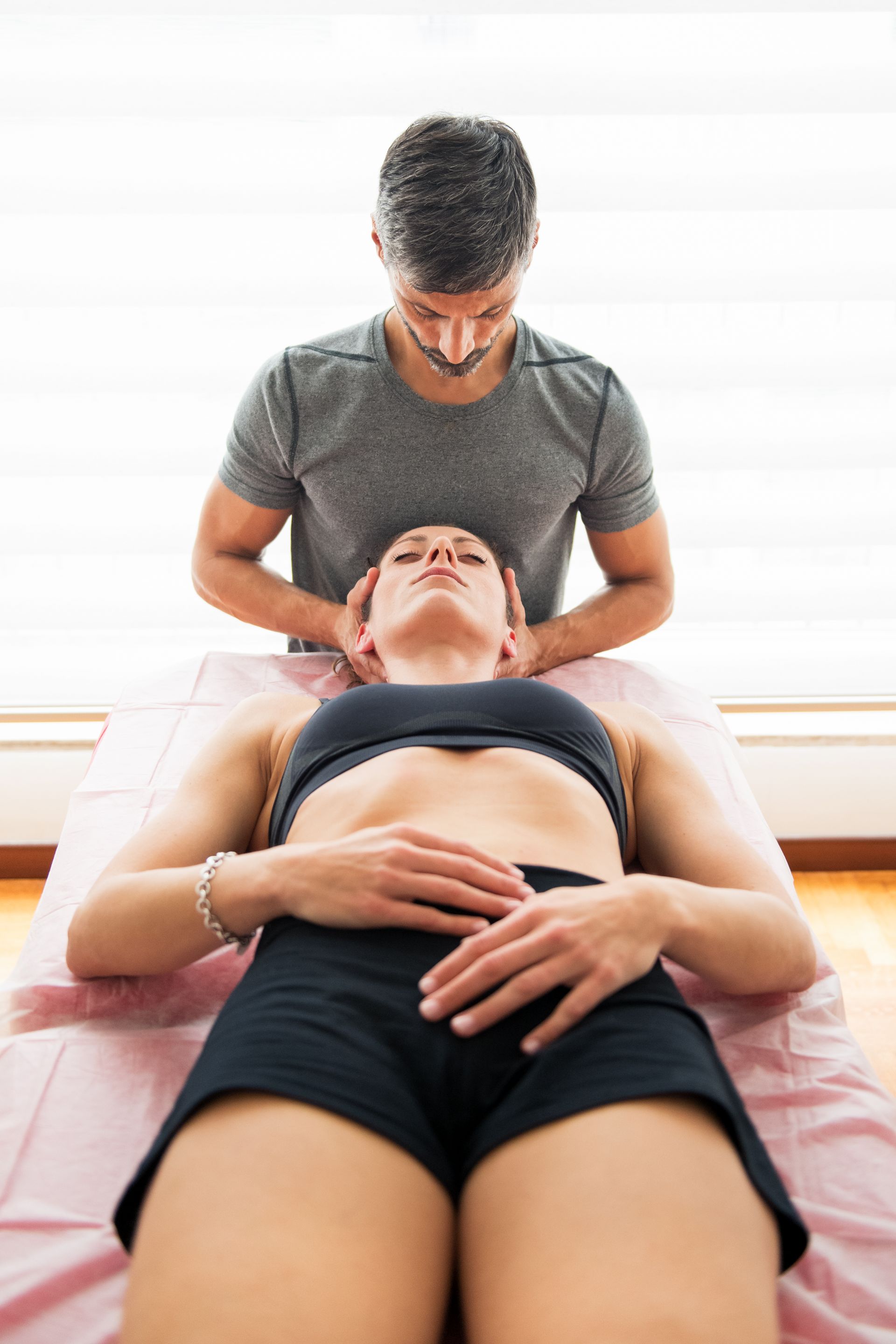Meniere’s Disease: Different Stages and How to Find Relief
 You may have heard of the condition called
Meniere’s disease
, but what do you know about it? Did you know it was discovered by a French physician named Prosper Meniere in 1861? Dr. Meniere began to realize the symptoms accompanying this condition actually came from the inner ear. The popular belief at the time was that they were coming from the brain. As Meniere’s idea became more and more popular, the name Meniere’s disease was coined, and before long, this disease and other inner ear balance disorders were associated with this name.
You may have heard of the condition called
Meniere’s disease
, but what do you know about it? Did you know it was discovered by a French physician named Prosper Meniere in 1861? Dr. Meniere began to realize the symptoms accompanying this condition actually came from the inner ear. The popular belief at the time was that they were coming from the brain. As Meniere’s idea became more and more popular, the name Meniere’s disease was coined, and before long, this disease and other inner ear balance disorders were associated with this name.
Meniere’s disease is a vestibular disorder, meaning it is a condition of the inner ear. In 1995, the Committee on Hearing and Equilibrium of the American Academy of Otolaryngology-Head and Neck Surgery described the condition as an idiopathic (unknown origin) syndrome of endolymphatic hydrops. This basically means the Meniere’s disease (a form of endolymphatic hydrops) results in a set of symptoms that reoccur and are due to an abnormally large amount of fluid (endolymph) collecting in the inner ear.
Meniere’s disease can happen to anyone at any age; however, it is most often seen in the age range of 40 to 60 years. It is estimated that around 615,000 people suffer from Meniere’s disease in the United States, and 45,500 new cases are diagnosed each year.
Why Does Meniere’s Disease Happen?
Although much research has been done, the exact cause of Meniere’s disease remains unknown. However, many theories have been proposed:
- Viral infections
- Allergies
- Problems with circulation
- Genetics
- Migraines
In regard to an attack of Meniere’s, theories say it may come from a huge amount of endolymph fluid in the inner ear causing an increase in pressure. Another theory is it may be caused by the presence of potassium in a part of the ear where it does not belong, possibly due to a rip in the membrane separating the endolymph from the other inner ear fluid, called perilymph. Certain triggers often set off Meniere’s disease. These can include the following:
- Stress
- Exhaustion
- Overwork
- Emotional distress
- Changes in pressure
- Too much salt in the diet
- Particular foods
- Other illnesses
How Symptoms of Meniere’s Disease Progress
It is difficult to just give a few symptoms of Meniere’s disease because these change depending on which stage of it you are in. Different symptoms often occur before, during, between, and after attacks. There is also something called late-stage Meniere’s disease.
At the beginning of Meniere’s disease, you may notice fluctuating hearing loss that progresses to vertigo and dizziness. Some people have an aura before they have an actual attack. An aura is a specific set of symptoms acting as a warning that Meniere’s is about to occur. By being alert to these warning signs, you can get to a safe place before the severe dizziness and other symptoms begin. The following symptoms may occur during an aura:
- Dizziness or vertigo
- Headaches or migraines
- Increased ear pressure
- Hearing loss
- Ringing in the ears
- Sensitivity to sound
- Feeling uneasy
- Problems with balance
The following bullet points describe each stage of Meniere’s disease and what symptoms occur.
Early stage Meniere’s disease :
- Spontaneous and violent vertigo
- Congestion in the ear
- Tinnitus
- Fluctuating hearing loss
- Trembling
- Nausea and vomiting
- Nystagmus — eye jerking
- Cold sweat
- Palpitations or rapid pulse
- Diarrhea
- Fear or anxiety
After an initial attack, you may feel the need to sleep for many hours to recover from the feeling of fatigue. Some people have no symptoms in between attacks while others experience many symptoms. The symptoms reported in between attacks are listed below:
- Clumsiness
- Headache
- Feeling as if your head is heavy
- Appetite changes
- Loss of self confidence
- Nausea
- Motion sickness or queasiness
- Anger, anxiety, fear, or worry
- Problems with concentration, easily being distracted
- Groping for the right words
- Diarrhea
- Sleepiness
- Faintness
- Exhaustion
- Sensitivity to sound or distortion of it
- Stiff and sore neck
- Vomiting
- Unsteadiness — suddenly falling, staggering, problems turning or walking in dimly lit areas
- Problems with vision — blurring, bouncing, glare intensity, bad depth perception, focusing, watching movement
Late-stage Meniere’s Disease
This is not referring as much to a time period as to a set of specific symptoms showing Meniere’s disease has progressed.
- Hearing loss is more significant and more steady.
- Tinnitus and congestion in the ear are more consistent.
- You may have more issues with vision and balance.
- Walking in the dark may be significantly difficult.
- You may lose your balance more often.
- You may have a drop attack, falling to the ground without passing out.
- Low lighting, tiredness, or visual stimulation can make these symptoms much worse.
How Long Do Attacks of Meniere’s Last?
Attacks can be as short as 20 minutes or as long as 24 hours. You may have a number of attacks each week, or you may have one and not have another one for weeks, months, or years. This condition is very unpredictable and challenging for patients and doctors alike.
Meniere’s Disease Treatment Aldergrove BC
Finding Natural Relief
Those with Meniere’s disease are anxious to find a way to cope with it and relieve symptoms. One area that has been having much success in helping Meniere’s disease patients is that of upper cervical chiropractic care. A misalignment in one of the top bones of the spine is often to blame for the symptoms of Meniere’s. It puts pressure on the brainstem and causes it to send improper signals to the brain about what is going on in the body. It can also hinder the ears from draining properly.
We use a gentle method to realign the bones of the neck without the need to pop or crack the back or spine. We encourage the bones to move back into place naturally. This leads to less stress on the body and a longer-lasting adjustment. Many patients have reported seeing relief of their Meniere’s symptoms with only a few adjustments.
The post Meniere’s Disease: Different Stages and How to Find Relief appeared first on Kilian Upper Cervical Chiropractor.










